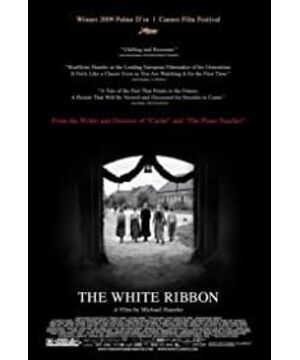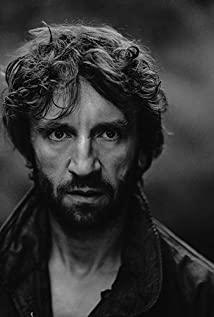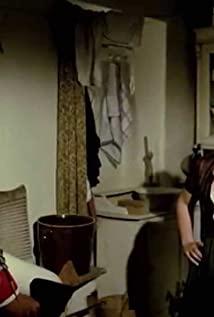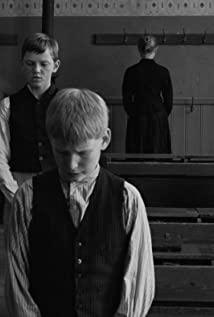White Ribbon: The Despair of Clean Black and White FELICITY Posted: 2010-04-26 21:23 8.3 / 8.7 White Ribbon (2009) Film Review (424) Collection (1835) Clean and bright black and white film. nice german. Sin, betrayal and violence. Cold, precise, harsh and unpretentious. Dukes, tenant farmers, doctors, widows, priests and a group of German children. Derailment and adultery, betrayal and exploitation, and severe corporal punishment have planted unpredictable scourges in this peaceful village. The children who grew up under such corporal punishment and environmental exploitation became the elites absorbed by the Nazis during World War II, and eventually endangered and shook the entire European continent. Haneke carefully arranged a maze. In a closed environment, everyone on the stage cringed. The audience is a guesser. They can only imagine what they are doing behind the scenes from those details, and give a logical answer. explain. On this level, Haneke actually invites the audience to create with him, not just passive recipients. This intention of the director has gone to the extreme in "The Game", in front of the screen to make the characters self-denial of the plot. In contrast, "White Ribbon" is even more metaphorical and obscure. A large number of empty shots make the picture like a set, and the emptiness in the rural vista is like the blank space in a sketch, which leads to the imagination of the plot. This suspense drama on black and white film is slightly different from Haneke's previous works in photography, and tends to the style of Russian and other Eastern European directors. The reason why Haneke paints like this is to highlight the complexity and austerity of details. The repeated use of empty shots and voice -overs often buried a "trigger point" in the dull plot, which alienated the audience's judgment. In order to achieve this kind of provocation from beginning to end in the more than two hours of screening, the script of the film needs sufficient tension. Haneke is a master in this, and he can use the subjective and objective lenses freely in his hands. When the undercurrent was about to emerge vigorously, the scene was subtly changed, and there were new signs on the other side. There are more than a dozen children and three or four families of different backgrounds in "White Ribbon", and their relationship is intricate. Priests, nobles, doctors, maids, peasants, these adults representing the social class ostensibly rule the small mountain village, but theyInaction when abused . The dialogue between children has become the key to decryption. They may know the truth but dare not tell it, or they may be the murderer. If the second hypothesis is true, it will not only bring fear, but a kind of despair, despair of violence and value system , no wonder the teachers have to flee this repressed mountain village.
View more about The White Ribbon reviews











